Ep. 203 | Chinese Martial Arts, Wing Chun, and Ip Man (Part 1)
Welcome to a two-part series that offers up a survey of the development of martial arts in China from the mythical times of the Yellow Emperor to the present day. We actually won’t get into the Wing Chun style of kung fu until the next episode.
For now, let’s review the China history timeline and see how these martial arts embraced by millions and millions around the world slowly developed through the centuries. This will serve as the setup to the next episode when we zero in on one particular style of martial arts and one of its best-known masters.
Listen On Your Favorite Podcast Player
Terms in Episode
| Pinyin/Term | Chinese | English/Meaning |
|---|---|---|
| Bátuó | 跋陀 | The first abbot of Shaolin Temple |
| Bìyǎn Hú | 碧眼胡 | The Blue-Eyed Barbarian |
| Bā Guà | 八卦 | The Eight Trigrams |
| Bā Guà Zhǎng | 八卦掌 | Eight-Trigram-Palm |
| Bǎi Jiā | 百家 | The 100 Schools of Thought who sprang up during the Spring & Autumn Period |
| Bǐ Shǒu | 匕首 | Another kind of dagger |
| Chang’an | 长安 | Ancient capital of several dynasties. Present day Xian |
| Chán | 禅 | Chan Buddhism (a.k.a. Zen Buddhism) |
| Chán Quán Héyī | 禅拳合一 | to unify Chan Buddhism and Shàolín-style Martial Arts |
| Chī Yóu | 蚩尤 | A warlike, hero king to the Miao people, a character from mythical times who was both an opponent of the (also mythical) Yellow Emperor at the Battle of Zhuolu (also mythical). |
| Chǔ Hàn Contention | 楚汉之战 | The epic showdown between Liu Bang and Xiang Yu for the control of China. It ended in 202 BCE |
| Dámó | 达摩 | A name Bodhidharma is better known by |
| Dǎogē Jiāngjūn | 倒戈将军 | Shi Yousan nickname: The Defector General |
| Dǒng Hǎichuān | 董海川 | Teacher and master of Ba Gua Zhang style of boxing. |
| Fǔ | 斧 | an axe |
| Fǔ | 腑 | small and large intestine, gall bladder, bladder and stomach |
| Guóshù | 国术 | The National Arts (as opposed to Wu Shu). The PRC changed it back later on. |
| Gāixià | 垓下之战 | The deciding battle during the Chu-Han Contention between the two great heroes Liu Bang and Xiang Yu in 202 BCE |
| gē | 戈 | A dagger axe |
| Huáshān | 华山 | One of the Five Great Mountains (in Shaanxi) |
| Huò Yuánjiǎ | 霍元甲 | The force behind the creation of the Chin Woo Athletic Association that did so much for the teaching and propagation of Chinese martial arts |
| Huīzōng | 徽宗帝 | Northern Song emperor who was on duty when the walls came crumbling down in the 1120’s |
| Huǒyào | 火药 | Gunpowder |
| Héngshān | 衡山 | One of the Five Great Mountains (in Hunan) |
| Héngshān | 恒山 | one of the Five Great Mountains (located in Shanxi) |
| Jiànfǎ | 劍法 | Sword Play |
| Jiǎo Dǐ | 角抵 | the oldest known form of wrestling in China |
| Jūnzǐ | 君子 | gentleman aristocrat as defined by this Rú school |
| Jǐ | 戟 | A halberd |
| Kangxi | 康熙 | Early Qing Dynasty emperor…one of the greats |
| Kwai Chang Caine | David Carradine’s character from the TV series Kung Fu | |
| Liáng Wǔdì | 梁武帝 | Emperor Wǔ of Liáng…he reigned 502-549 |
| Liù Yì | 六艺 | The Six Arts (see below) |
| Luó Hàn | 罗汉 | The original 500 disciples of The Buddha |
| Luó Hàn Shíbāshǒu | 罗汉十八手 | The Luó Hàn 18 Hands |
| Líu Bāng | 刘邦 | Founder of the Han Dynasty, also known as Han Gaozu |
| Lónghǔ Mountain | 龙虎山 | One of the Four Sacred Mountains of Daoism |
| Lǐ Jì | 礼记 | The Book of Rites |
| Lǐ Zìchéng | 李自成 | Rebel during the last years of the Ming Dynasty who helped bring the house down. |
| lǐ, lè, shè, yù, shū and shù | 礼, 乐 射, 舆, 书, 数 | Understanding the rites, music, archery, charioteering, Calligraphy and Math |
| Miáo | 苗族 | One of China’s largest ethnic minorities. Also known as the Hmong |
| máo | 矛 | A pike or spear |
| Nánběi Cháo | 南北朝 | Northern & Southern Dynasties period |
| Nèigōng | 内功 | Inner Gong |
| Pútídámó | 菩提达摩 | Bodhidharma, who brought Chan Buddhism and kung fu to Shaolin |
| Qiánlóng | 乾隆 | Qing dynasty emperor who reigned from the 1730’s to 1790’s |
| Qiāng | 枪 | A long spear…It’s also the character for gun |
| qìgōng | 气功 | A system of health promotion that involves breathing, body posture and other things. |
| Qíyūn Mountain | 齐云山 | One of the Four Sacred Mountains of Daoism |
| Qīngchéng Mountain | 青城山 | One of the Four Sacred Mountains of Daoism |
| Shuāi Jiāo | 摔跤 | Another ancient form of martial arts |
| Shàolín Quánshì | 少林拳式 | Shaolin Fist style or Shaolin style kung fu |
| shì | 士 | a knight or knight errant |
| Shí Yǒusān | 石友三 | Republican era warlord who, among other baggage he carries, also stands accused of buying Shaolin Temple down |
| Shù | 术 | Art or style |
| Shǎo Shì | 少室 | The mountain peak of Song Shan where Shaolin Temple is located |
| shǒubó | 手搏 | An ancient form of boxing |
| Shǔi Hǔ Zhuàn | 水浒传 | The Water Margin (among many other names). One of the classics of Chinese literature |
| Sì Jiù | 四旧 | The Four Olds (of the Cultural Revolution) |
| Sōng Shān | 嵩山 | one of the Five Great Mountains. |
| Sūnzǐ | 孙子 | A.k.a. Sun Tzu, author of The Art of War |
| Tiāndìhuì | 天地会 | The Heaven and Earth Society |
| Tài Jí Tǔ Shuō | 太极图说 | The Diagram explaining of the Supreme Ultimate |
| Tàijíquán | 太极拳 | Tai Ji Quan |
| Tàishān | 泰山 | One of the Five Great Mountains (near Jinan in Shandong) |
| tánglánggōu | 螳螂沟 | The praying mantis hook |
| tánglánquán | 螳螂拳 | praying mantis style of boxing |
| Wàigōng | 外功 | Outer Gong |
| Wáng Lǎng | 王朗 | Creator of the Praying Mantis Style of martial arts |
| Wénxǔan | 文选 | a literary anthology written during the Liáng Dynasty 502-557 |
| Wǔ | 武 | Martial or military |
| Wǔ Qín Xì | 五禽戲 | The Five Animal Exercise that took its inspiration from the movements of the tiger, deer, bear, ape and bird |
| Wǔ Zétiān | 武则天 | Empress of China during the Tang Dynasty (and a whole lot more). A major benefactor of Buddhism during her long period of leadership. |
| Wǔdāng gōngfu | 武当功夫 | Wu Tang Kung Fu |
| Wǔdāng Mountains | 武当山 | One of the Four Sacred Mountains of Daoism |
| wǔshù | 武术 | Martial arts |
| wǔxiá | 武侠 | A genre of fiction about martial arts heroes of ancient times |
| Wǔxíngquán | 五形拳 | Five Animals Style martial arts |
| Wǔyì | 武艺 | Another name for martial arts |
| Xia Dynasty | 夏朝 | Mythical dynasty (around 2070 to 1600 BCE) that preceded the Shang |
| Xiàng Yǔ | 项羽 | King of Chu who was defeated at the Battle of Gaixia by the forces of the Han king Liu Bang |
| Xiàowén | 孝文 | Northern Wei King who gave the go-ahead to build Shaolin Temple in 495 |
| yuè | 钺 | A kind battle axe or halberd |
| Yì Jīng | 易经 | The I Ching or Book of Changes, one of. The oldest books in the world |
| Yìhé | 义和 | Righteous and harmonious |
| Yìhé Quán | 义和拳 | The Righteous and Harmonious Fists |
| Yǒng Chūn | 咏春 | Wing Chun (style of kung fu) |
| Zhuōlù zhī Zhàn | 涿鹿之战 | The epic and fantastical battle between the forces of Chi You and the Yellow Emperor sometime around 2500 BCE |
| Zhōnghuá Guóshù Guǎn | 中华国术馆 | The Central Guo Shu Institute |
| Zhōu Dūnyí | 周敦颐 | One of the five founders of Neo Confucianism. A Northern Song era polymath and author of the Tai Ji Tu Shuo (see below) |
| Zhōu Wén Wáng | 周文王 | The founder of the Zhou Dynasty, father of King Wu and the Duke of Zhou, inventor of the 8 Trigrams and a whole lot more |
| Zhǎng | 掌 | Palm |
| Zàng | 脏 | internal organs, the heart, liver, spleen, lung and kidney |
| Zájù | 杂剧 | A four-act poetic drama |
| 精武体育会 | 精武体育会 | Jīng Wǔ (Chin Woo) Athletic Association |









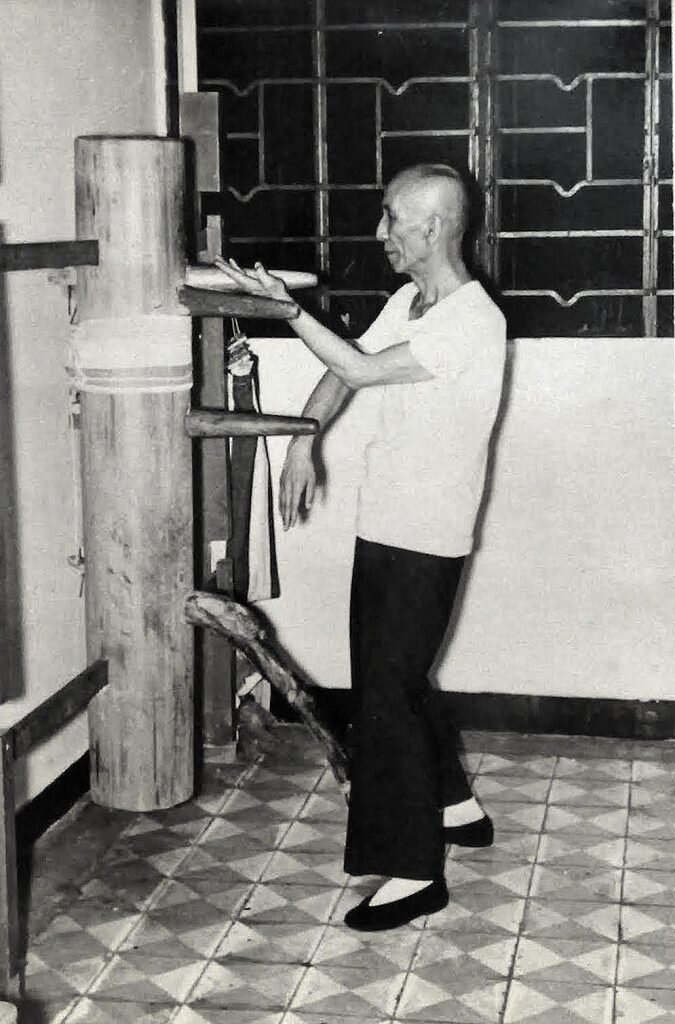
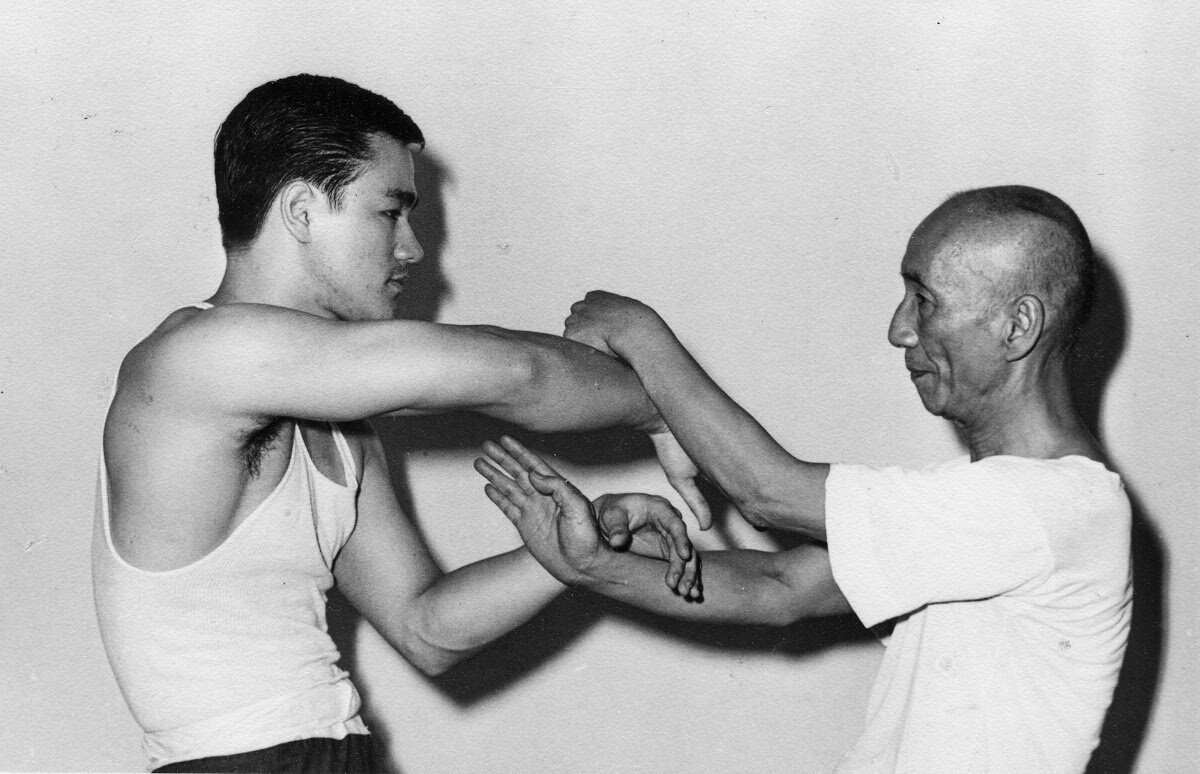
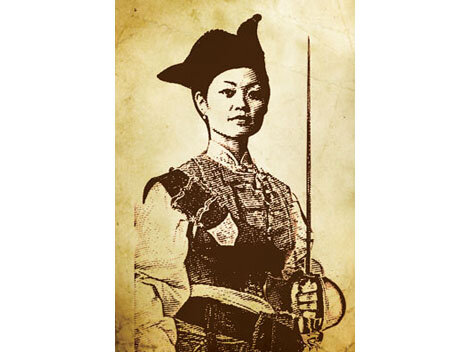


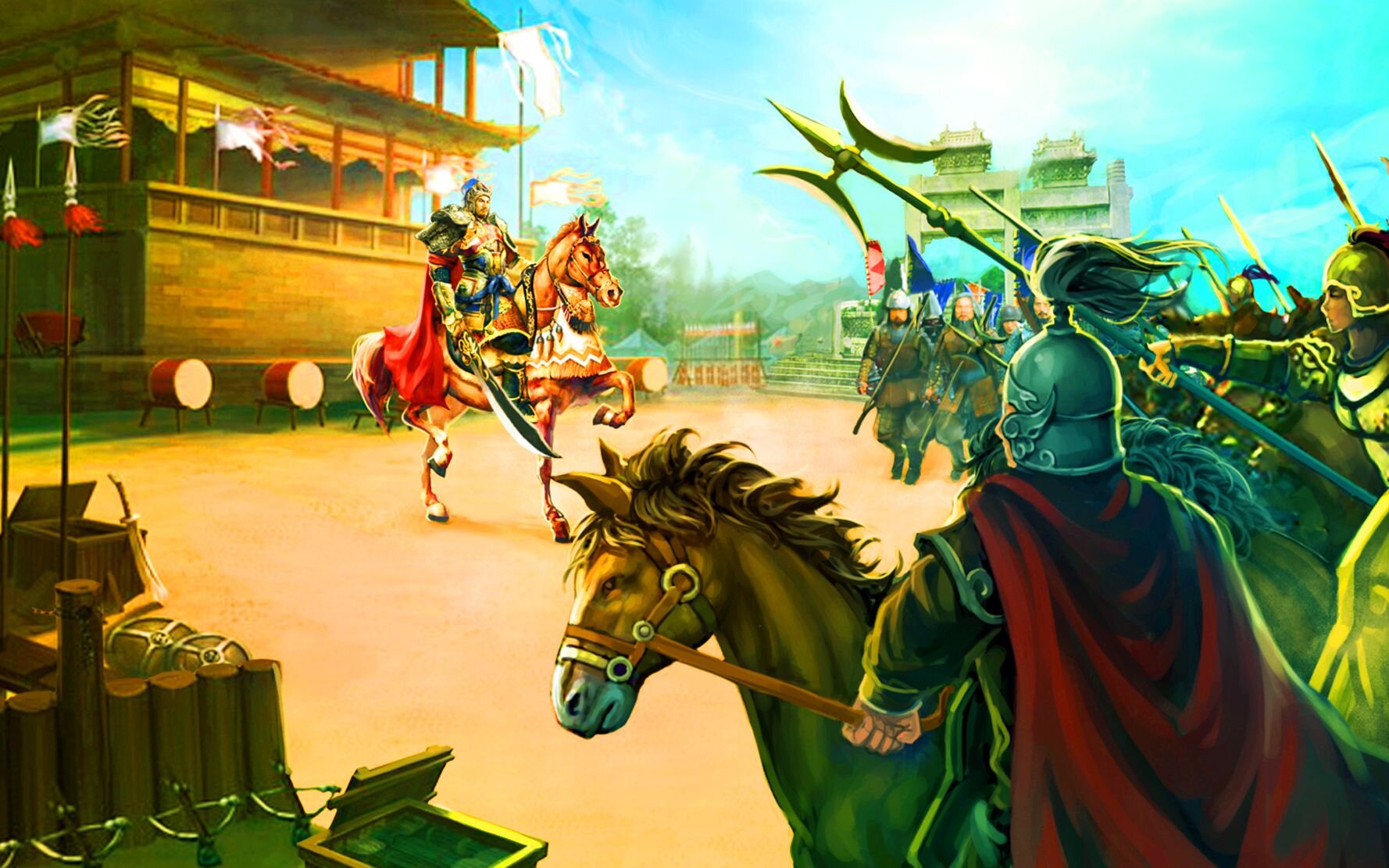

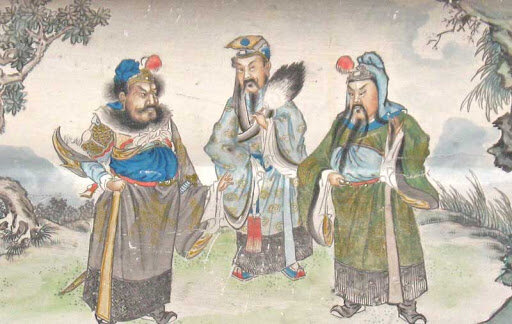
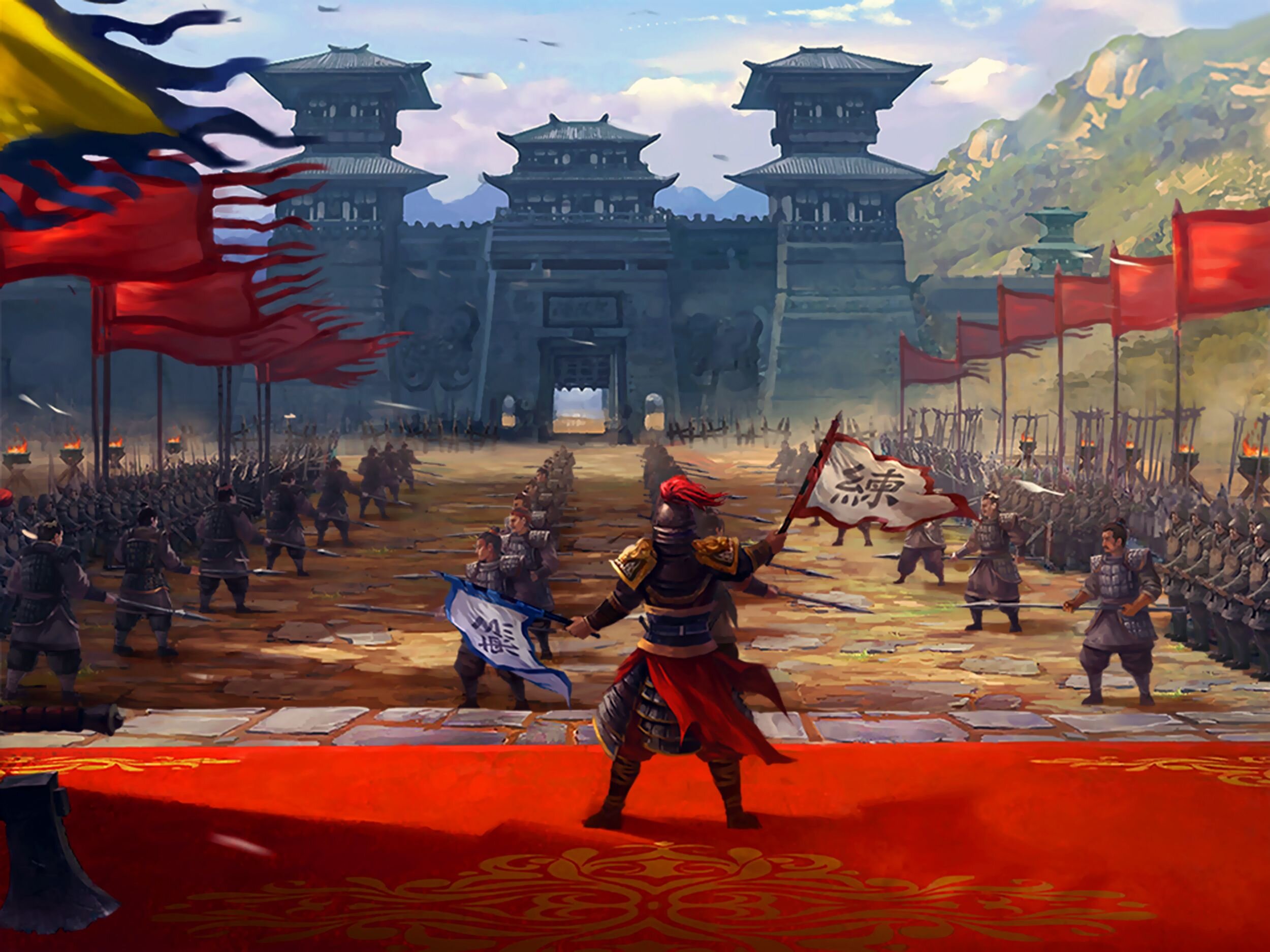
Laszlo is pleased to present an interview with longtime Hong Kong resident, writer, and cartoonist Larry Feign to discuss his new novel The Flower Boat Girl.